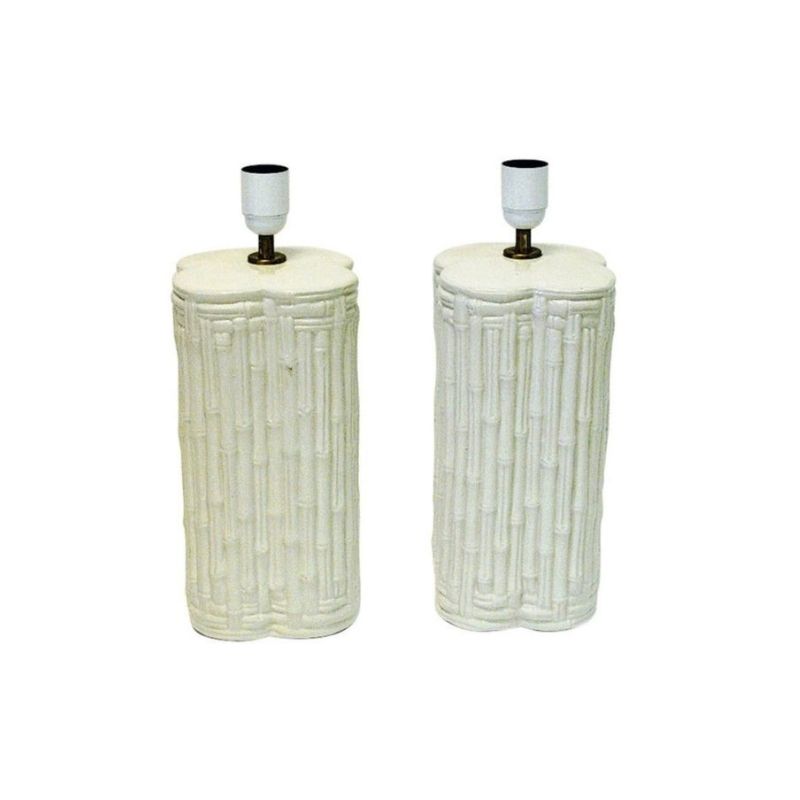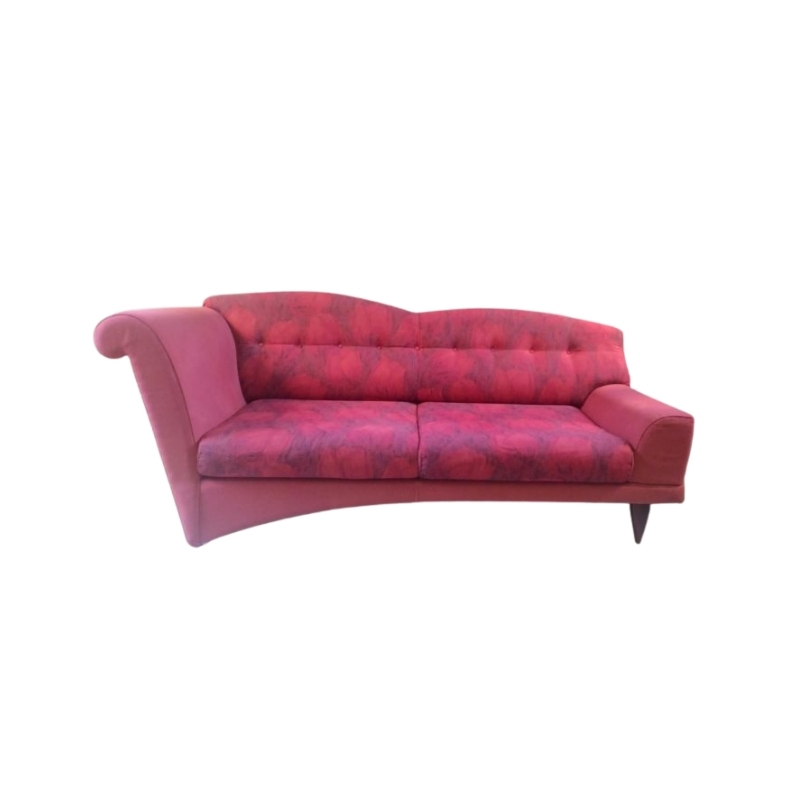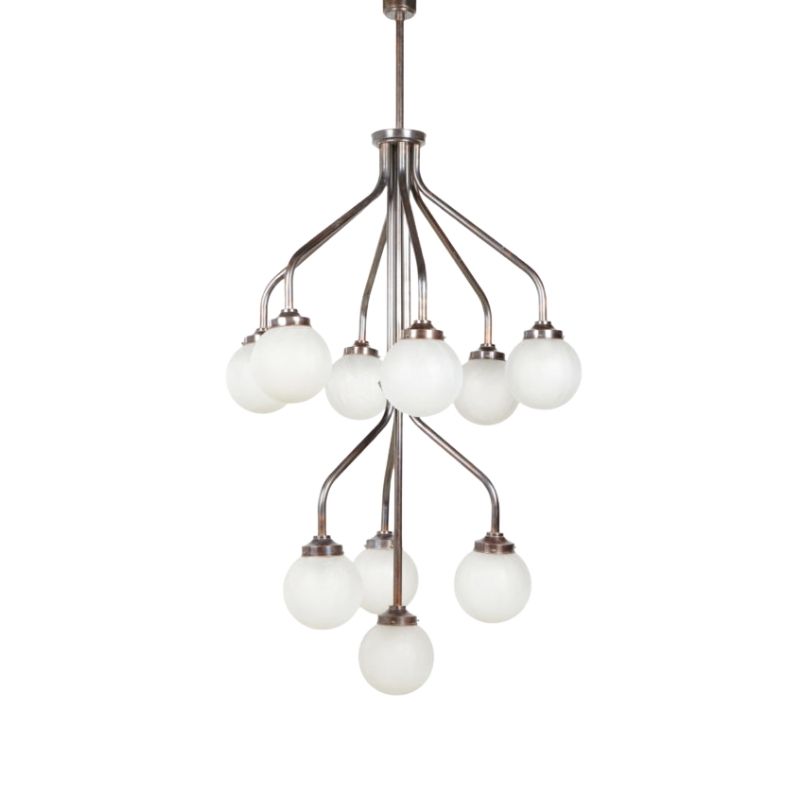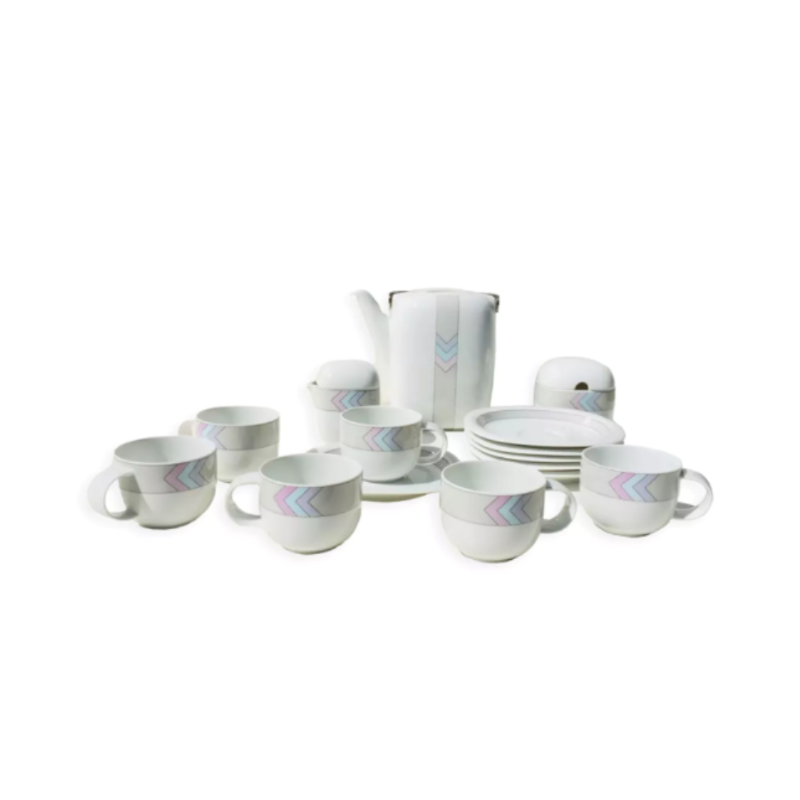Ok its not perfect but if you use or buy it its almost certainly planation grown and has a pleasnt humility, why don't more designers work with it? A google search turns up nothing but the usual stained hardboard backed 'colonial' crap.
There was a competition run a few years ago called 'redesigning pine' but like so many of these things nothing came of it.
Any thoughts?
Well, for furniture it's not...
Well, for furniture it's not so great. It's just too soft. Joints get loose and wobbly and finishes tend to flake or chip when they cure harder than the wood. It's too sappy to hold a nice oil finish.
I do love the Scandinavian pine floors that are treated with lye and pigmented white soap. I wish those were available here in the U.S. I have the products to do it but in my experiments the lye product just turns pine greenish, not that lovely bleached grayish white.
Pine is also used for all...
Pine is also used for all those cheap racks and storage solutions from the home improvement store. "Rustic" tables and chairs with a heart-shaped hole in the back come to mind as well.
One exception I can think of is Karljohan from Ikea PS (and no knots).
Of cause if you're Swiss you can used pine for covering the inside of your chalet ad totally get away with it. But only in Switzerland.
(images: afgh.ch)
Danish pine floor
To die for, if you ask me.
The lye keeps it from ever yellowing and the white pigmented soap or oil keeps dirt from working its way into the wood. All you do to keep the floor looking good for many decades is to treat it regularly with a concentrated soap solution.
Pine was used
but from furnither OREGON pine was found to be more durable, have less knots and harder.
Tage poulsen chair is one
http://www.designaddict.com/design_radar/index.cfm/fuseaction/design_rad...
.
I've just bought heaps of boards (16 metres, 300mm wide, 20mm thick) and there are about 7 knots in all of it and very little cupping, so with a bit of care knots can be eliminated easily from the face and if necessary relegated to the backs and bottoms.
Is the softness really that much of a concern? If its acceptable on a floor where it marks soeasily why is that not acceptable in say a coffee table, subject to far less impact? Isit the yellow tone of a poly finish that
people don't like?
I think like veneer it has connotations of cheapness, which is unfortunate, just becuasea material is common doesn't mean its of low value, perhaps becuase it is so affordable manufacturers just don't respect it or apply
any imagination to it.
You can also get this stuff, finger jointed panels, which I've been using, if its a choice between this or the dreaded parttcle board or nasty plywood (the quality of ply here has really fallen through the floor, love those
free trade agreements!) I use this, the cost
is comparable too.
STUPID STUPID PHOTOBUCKET! I've resized this and adjusted the text about 5 times, sorry.
A floor doesn't have joints t...
A floor doesn't have joints that will become wobbly the way a coffee table does. If you never move your coffee table, then this is probably not a worry, but many people do move small tables around when vacuuming, or when they want the table closer or farther from the sofa for whatever reasons. The joints get loose because the wood is soft and easily compressed.
There are lots of tables with pine tops and legs of some other material.
It's not polyurethane that turns pine yellow. The wood itself yellows deeply with age.
Oregon pine is harder but I think it's also more expensive, no? I have a Nanna Ditzel cradle made of Oregon pine. It's beautiful.
I don't see any reason why pine can't be used to make beautiful things as long as one keeps the limitations in mind. It's all that junk out there that ignores the limitations that gives the wood a bad name.
I love pine..knots and all...
and I love working pine even more.
It is soooooooooooooooooo easy to work with.
Goes back to my Pinewood Derby car days in Cub Scouts!
Anyone who has to work wood should love it.
Correct me if I'm wrong, but we use pine for our wood frames in our houses. Its plenty strong, when used correctly.
Whenever I build furniture, I work with pine.
Very forgiving to build with. Fast and easy to cut and sand to get good fits.
If you want to build something hard as rock, or strong as steel, use rock, or steel.
I've always thought it was foolish to waste so much time working with oak and walnut.
Warping is my only real complaint against pine, but most wood warps when you cut in thin and store it in lumber yards half exposed to the elements.
And I've already decided I will be buried the old fashioned way--in a cheap, biodegradable, renewable resource pine box.
The worms will do me. The termites my box. In not time at all my grave can be dug up for a wonderfully rich compost to be sold at lawn and garden stores everywhere. Heaven for me will be growing flowers and vegetables for a family.
Pine is fine.
But I'm interested in bamboo, too. Its just so prolific. I haven't built anything with it yet. Maybe I'll thatch a casket out of bamboo. 🙂
If its so poor for joinery...
If its so poor for joinery why do I see so many 70 year old pine dressers and dining tables in second hand shops, they are fine, pardon me I didn't read all the posts, indeed repsecting its limitations is vitally importnat.
Thanks for your input DC, It is ridiculous to use expensive timbers where they are not required, childrens rooms, workshop shelving, cd racks, for all those things its ideal and takes the presuure off resources better used elsewhere or not used at all.
On the yellowing, yes it does with time but polyurethane, in my experience, exacerbates it.
If you need any help, please contact us at – info@designaddict.com









